 You might wonder what a quote about winning basketball games could possibly have to do with snow loading on trusses. As with basketball, the importance of close teamwork also applies to a project involving metal-plate-connected wood trusses – for the best outcome, the whole team needs to be on the same page. For purposes of this blog post, the team includes the Building Designer, the Truss Designer and the Building Official, and the desired outcome is not a win per se, but rather properly loaded trusses. Snow loading on trusses is one area where things may not always go according to the game plan when everyone isn’t in accord. This post will explain how to avoid some common miscommunications about truss loading.
You might wonder what a quote about winning basketball games could possibly have to do with snow loading on trusses. As with basketball, the importance of close teamwork also applies to a project involving metal-plate-connected wood trusses – for the best outcome, the whole team needs to be on the same page. For purposes of this blog post, the team includes the Building Designer, the Truss Designer and the Building Official, and the desired outcome is not a win per se, but rather properly loaded trusses. Snow loading on trusses is one area where things may not always go according to the game plan when everyone isn’t in accord. This post will explain how to avoid some common miscommunications about truss loading.
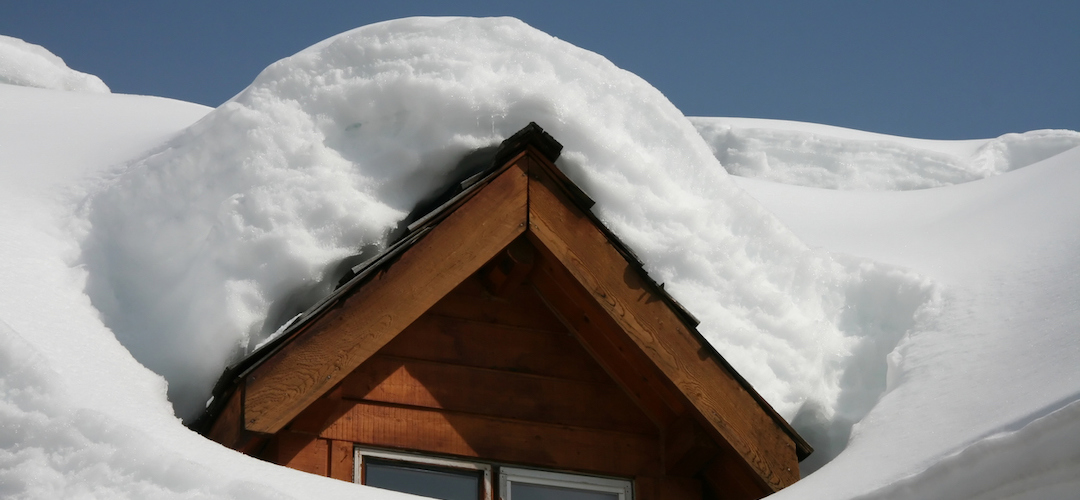
Like all other design loads that apply to trusses, snow loads are determined by the Building Designer and must be specified in the construction documents for use in the design of the building and the roof trusses. But sometimes the loads that are specified don’t provide enough information to ensure that the design will be correct for the specific circumstances. In the case of designs for snow loads, there needs to be a common understanding among all parties regarding the following:
- Which snow load value is to be used as the uniform design load for the snow – a ground snow or a factored ground snow?
- If it is a factored snow load, then how is the ground snow to be factored?
- What other conditions need to be considered besides uniform load?
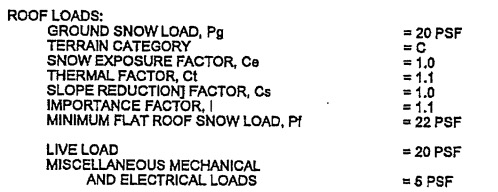
For example, say the Building Designer specifies that the trusses are to be designed for a 25 psf roof snow load. At first glance, this may appear to make things easier, since there is no need to convert the ground snow to a roof snow load. So what does the Truss Designer do with this load? There are a few different possibilities:
If unbalanced snow loading isn’t required or specified, the Truss Designer may enter the 25 psf snow load as a top chord live load (TCLL), set the load duration factor to 1.15 for snow, and turn snow loading off completely. Or the 25 psf snow load could be entered as a roof snow load with the unbalanced snow loading option turned off. Provided that no slope reduction factor gets applied to the specified roof snow load, both of these methods result in the same design. However, as discussed in my first blog post on snow loading for trusses, whenever a snow load is run as a roof live load rather than a snow load, it may not be clear to all parties involved what exactly the truss has been designed for, since there will be no notes indicating the snow design criteria on the truss design drawing.
If unbalanced snow loading is required, things get a bit trickier. There are still two scenarios as to how the truss could be designed, but this time, the design results are different:
- The truss could be designed based on the assumption that ground snow is being used as the roof design snow load (pg = 25 psf); or
- The truss could be designed based on the assumption that the 25 psf roof snow load is a factored ground snow load, in which case a ground snow load is back-calculated using ASCE 7 based on the specified roof snow load (pg > 25 psf)
Therein lies the problem with specifying only a roof snow load. The determination of the drift load that is required for unbalanced snow load cases requires the use of the ground snow load, pg, not the roof snow load. If the ground snow load isn’t specified, then a ground snow load needs to be assumed – and the Truss Designer and the Building Designer may not be on the same page as it relates to this design assumption.

Even when the specification is clear regarding ground snow vs. roof snow load and the applicable snow load reduction factors, there is still the question whether any other conditions need to be considered besides uniform load. This includes not only unbalanced snow loads on standard gable roofs, but also drifting on lower roofs or in valleys, sliding snow, and any other snow-loading and/or snow accumulation considerations. Since trusses are designed as individual planar components, snow-loading conditions that go beyond the simple unbalanced load case on either side of the ridge on gable roof trusses must be detailed by the Building Designer.
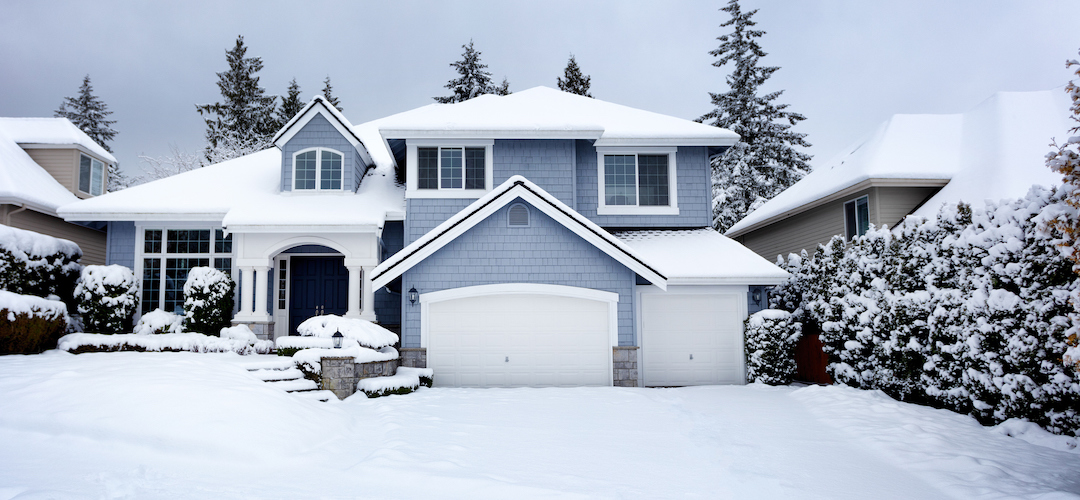
As mentioned in a previous blog post, the truss industry’s Load Guide entitled Guide to Good Practice for Specifying & Applying Loads to Structural Building Components provides a tool to help Building Designers, Building Officials, Truss Designers and others more easily understand, define and specify loads for trusses. Similar to the wind-loading section discussed in that previous blog post, the Load Guide has an entire section on snow loading, how specific snow-loading provisions apply to trusses and how trusses are typically designed for snow loading within the truss design software.
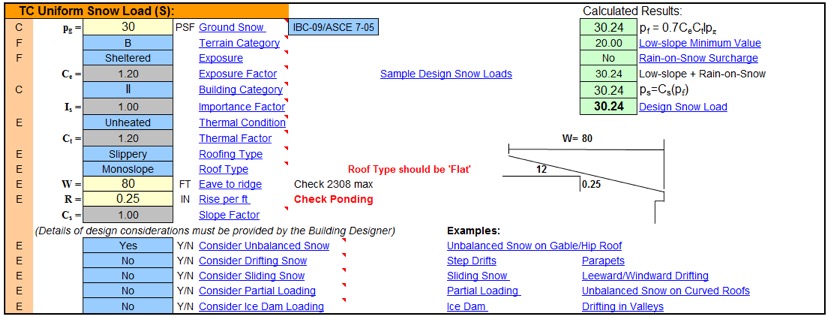
With printable worksheets that can be used to define the snow loads and examples of multiple snow- loading conditions on different roof and truss profiles, the Load Guide is an invaluable tool for getting everyone on the same page. That’s what I would call a win!
How do you ensure that your design team is all on the same page regarding the loading of trusses? What are the biggest challenges for designing truss loads in your jurisdiction? We’d love to hear your thoughts.
This blog post was originally published on January 7, 2017.



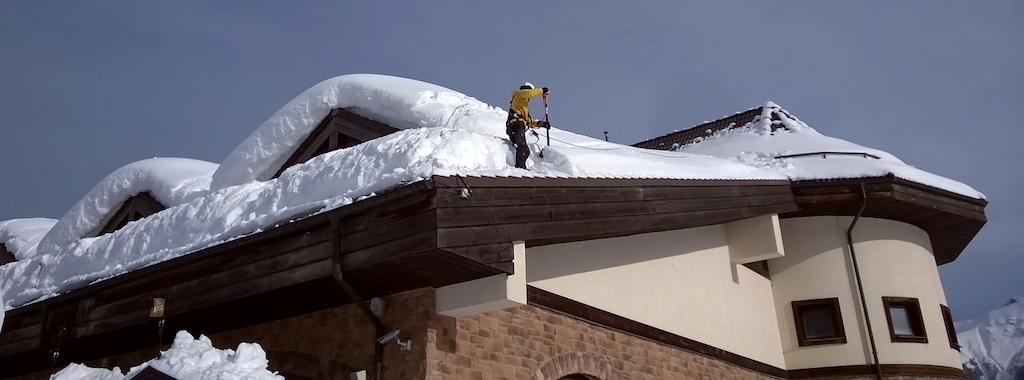

Excellent article Simpson. Thank you for sharing!